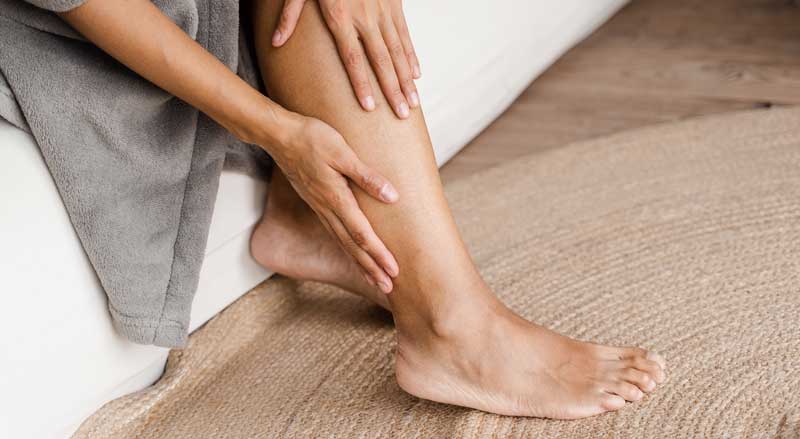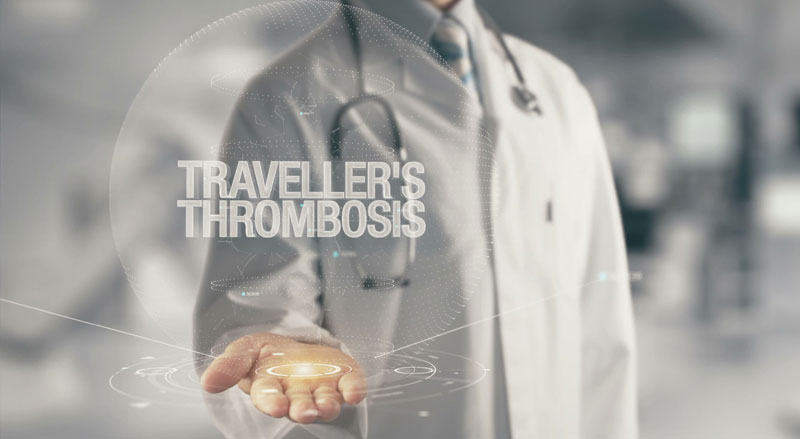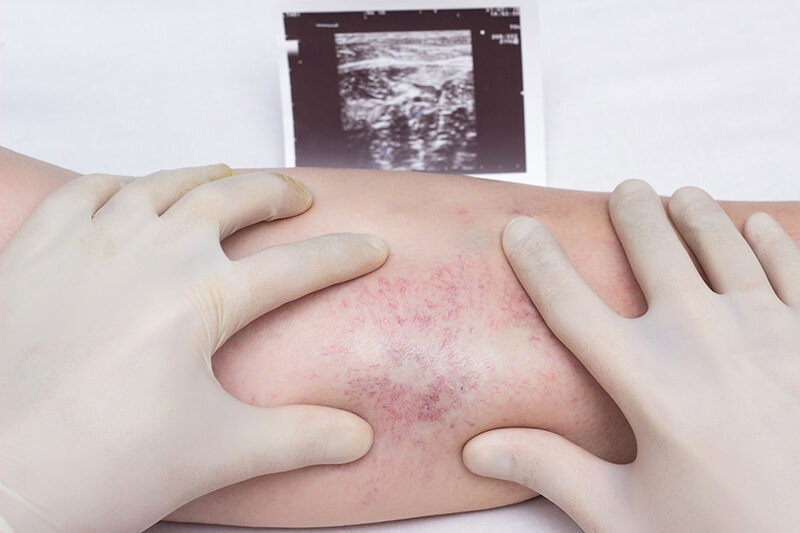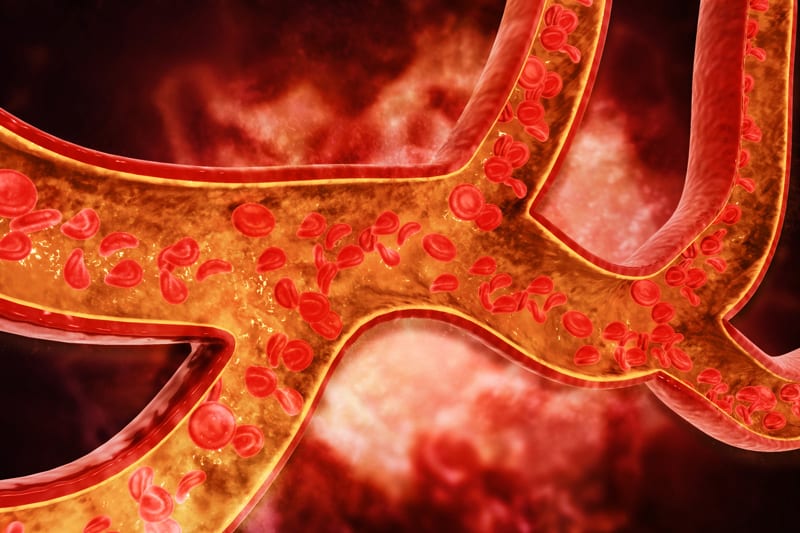Poor circulation can affect many areas of your body, including your legs, feet, and toes. There are many reasons for poor blood circulation in the legs and feet, and usually several things you can do to improve your circulation. It’s...


Poor circulation can affect many areas of your body, including your legs, feet, and toes. There are many reasons for poor blood circulation in the legs and feet, and usually several things you can do to improve your circulation. It’s...

Traveler’s thrombosis, also known as economy class syndrome or deep vein thrombosis (DVT), is a medical condition that can occur when a blood clot forms in a deep vein, usually in the leg, after prolonged periods of sitting, such as...

The body has a number of deep veins that circulate blood and return it back to the heart from both legs. However, this phenomenal system also makes legs vulnerable to deep vein thrombosis or DVT.

DVT (Deep Vein Thrombosis) is a serious condition that can be life threatening. It’s important to be aware of the signs, symptoms, and treatment to detect it quickly and seek help. Here is everything you need to know about DVTs: